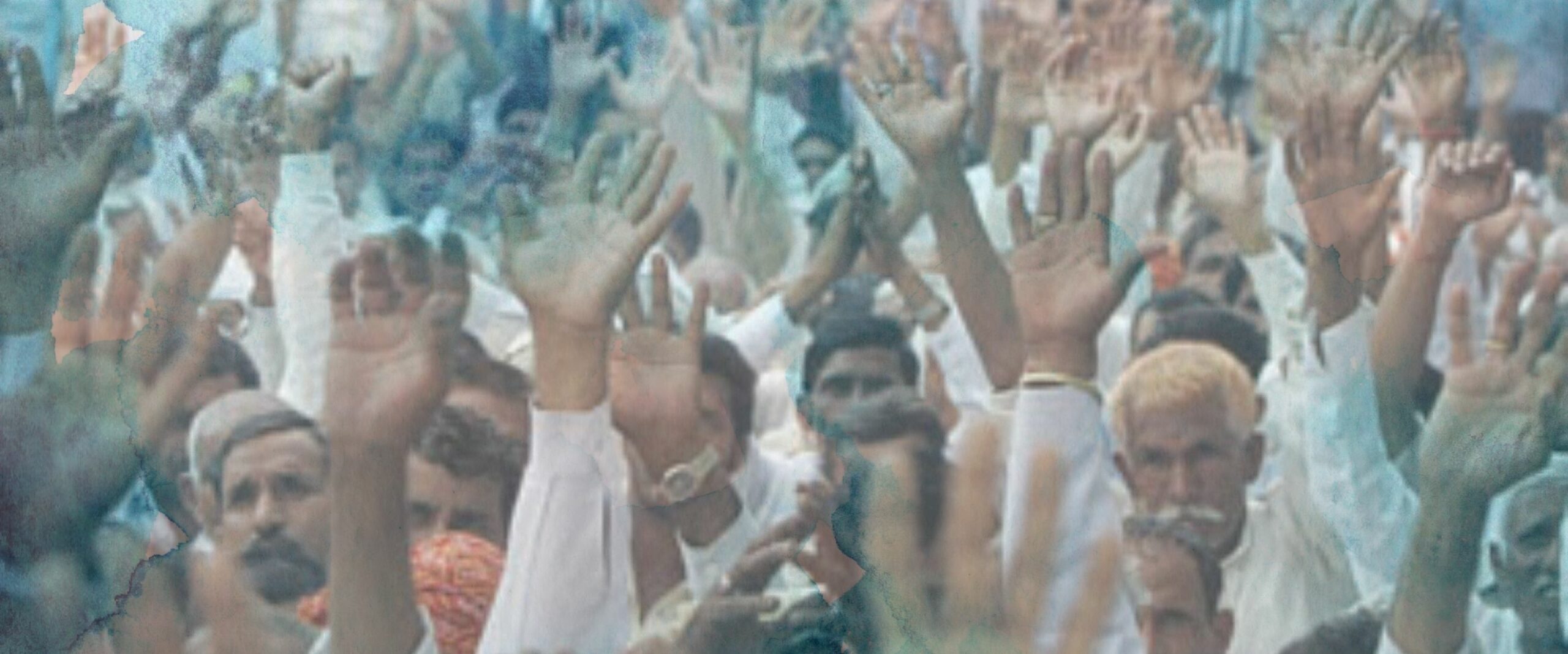Analysis
Part II—The Mandal and Sinho Commissions: A Study in Contrasts
Studies examining caste-based backwardness have a higher bar to pass than those studying backwardness within the ‘general category'.

Part I examined the differences in methodology employed by the Mandal and Sinho Commissions. This post will examine the Court’s engagement with the reports of these Commissions.
It appears that studies examining caste-based backwardness have a considerably higher bar to pass than those studying backwardness within the ‘general category’.
Over the years, the Court has repeatedly stressed that it may subject Commissions Reports informing reservations policies to judicial scrutiny. Such scrutiny may extend to a determination of whether their conclusions relied on ‘permissible and reliable’ material. It does not have the power to engage with questions of methodology or procedure. Nevertheless, one can see a marked difference between the Court’s intense scrutiny of the Mandal Report (that studied caste-based social and economic backwardness), and its more accommodating response to the Major Sinho Report (that studied economic backwardness among the ‘general category’).
The Court in Indra Sawhney engaged extensively with the Mandal Commission Report. The Bench was not constituted to study the material used by the Government, such as the Mandal Report, in crafting its reservations policies. However, the Court subjected the Report to a critical examination.
The chief criticism of the Mandal Report was that it had studied backwardness through the lens of caste. Another criticism was levelled at the methodology employed by the Commission, with a claim that the Commission had surveyed less than one percent of the Indian population.
The Court acknowledged that while there may have been certain minor methodological errors, there was no reason to disregard the entirety of the Report. Crucially, the Court said that it was unnecessary for it to delve into the adequacy of the exercise conducted by the Commission. Yet, the judgment continued to engage deeply with questions of methodology. For instance, the Court referred to the constitution of the Commission, pointing to the involvement of several eminent sociologists. It further directed attention to the wide variety of techniques used to assess backwardness, and to the large sample of responses obtained by the Commission. The Court thus grappled with questions of methodology and procedure in voicing its agreement with the conclusions drawn by the Mandal Report.
The use of Commission Reports in informing States’ reservations policies presented itself yet again in last year’s challenge to EWS and OBC reservations in post-graduate medical admissions. When questioned by the Court about how it had arrived at the Rs. 8 lakh income criteria to determine eligibility for EWS reservations, the Union claimed that it had arrived at this criteria based on the Major Sinho Commission Report. However, the Sinho Report did not in fact suggest an income criteria of Rs. 8 lakh, instead recommending that the taxable income limit be used to determine eligibility for EWS reservations.
While the Bench remained unconvinced about how the Union had devised this criteria, the Union agreed to constitute a fresh committee that would review this criteria. Three weeks later, this Expert Committee reviewed the criteria and submitted a report suggesting that the Rs. 8 lakh income criteria be retained. On the last day of hearings, the Court questioned the Committee’s findings justifying the Rs. 8 lakh income limit.
The Court subsequently pronounced an order upholding reservations for OBCs in the PG NEET exams. In a surprising move, it further upheld reservations for the EWS category, retaining the Rs. 8 lakh income limit for the forthcoming admissions session as suggested by the Expert Committee. The Court however said that it will hear further arguments about the validity of this income criteria in March.
The judgment in this case has not yet been issued. The judgment as well as the forthcoming hearings may provide an even clearer indication of the kind of judicial scrutiny the Court has applied to the Sinho Commission Report as well as the Report of the Expert Committee. It remains to be seen if the Court will interrogate the procedure followed in collecting this data or whether it will restrict its scrutiny to the inferences and conclusions drawn from such data in the Reports.
The Mandal and Major Sinho Commission Reports do not just differ with respect to methodology. Rather, the manner in which the Court has engaged with these Reports so far presents stark differences. The differential levels of scrutiny the Court applies to studies on caste vis-a-vis economic backwardness may have deep and abiding implications for how affirmative action policies are crafted in the future, and is especially prescient in a situation where challenges to EWS reservations remain pending.